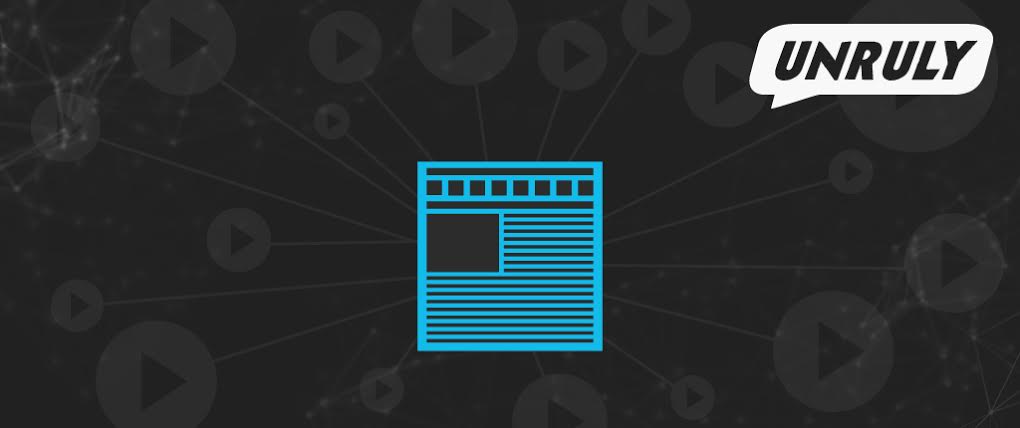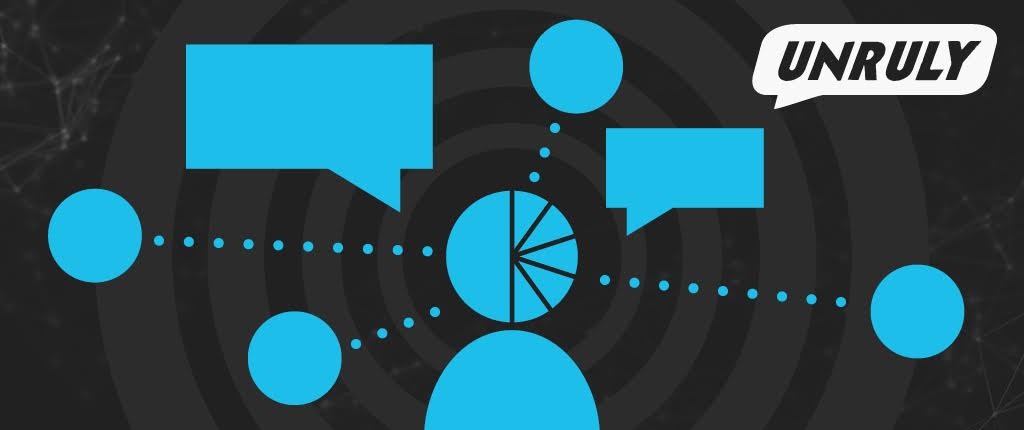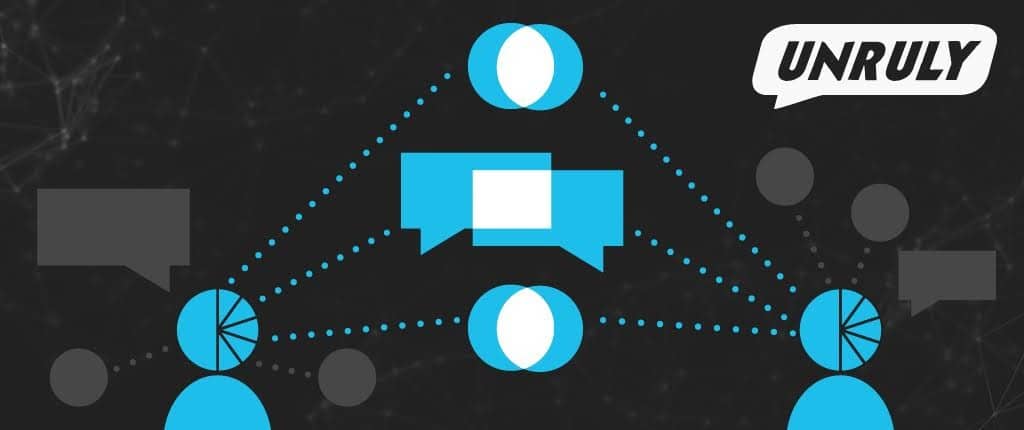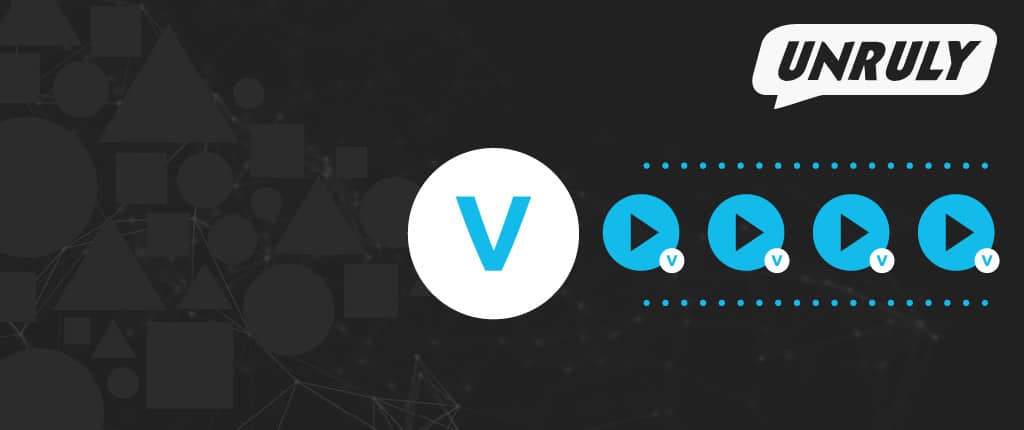8 Things You Need To Know About Programmatic Video
Programmatic video is the fastest-growing category of programmatic buying, but a lot of marketers are still struggling to get to grips with the basics.
According to a recent study by Unruly, which polled 1,000 senior marketers in the UK and US, around half rate their programmatic video knowledge as ‘Average’, ‘Poor’ or ‘Very Poor’.
There’s clearly a knowledge gap between the programmatic front lines and everyday marketers, making 2015 a key year for programmatic education. As with any burgeoning new trend, one of the main causes of confusion is vocabulary.
Any discussion of the topic produces a web of jargon and acronyms that’s enough to send anyone running to Google. But fear not, this is easily solved.
For the next two weeks, we will be serving up handy guides to the most important programmatic video terms, courtesy of Unruly co-founder and CTO, Matthew Cooke.
Stick around and master the art of programmatic.
8. What is Cookie-less Targeting?

A cookie is a small piece of data downloaded and either held temporarily or stored on your computer/device by your web browser when you visit a website. Cookies are one way a website or online advertising company can give each user a unique identifier so they can be recognised and targeted if they are seen again.
Advertising companies use what is known as a “third party” cookie. This is because the cookie is not set by the website owner but by another technology company or advertiser. The unique IDs put in these cookies are stored in Data Management Platforms and are used to create Audience Segments, they are then used to perform online behavioural advertising and for frequency capping (deciding how many times a user should see an ad).
7. What is Programmatic Direct?

Programmatic Direct is the term used when a buyer negotiates media deals with sellers up-front, usually for a guaranteed price, but executes the deal using programmatic technology instead of a manual IO and fully managed service. The term is often used interchangeably with “Programmatic Guaranteed” or “Programmatic Premium” but there seems to have been some standardisation on the term “Programmatic Direct”.
In auction (RTB) environments there are usually no volume/price guarantees from individual publishers. This auction model doesn’t suit all buyers many of whom would like to be able to directly broker fixed volume deals with the same efficiency, control and targeting that is offered via RTB systems for auctioned inventory.
6. What is a Deal ID?

A Deal ID is a unique identifier given to a pre-agreed deal between a media buyer and seller that can then be used in an RTB environment. Deal IDs are used for a wide range of pre-agreed deals, such as unique ad slots or impressions, fixed price deals and first look deals etc.
In some respects, a Deal ID is a little like a programmatic version of an IO (Insertion Order) as it outlines the unique deal terms between a buyer and a seller – although it doesn’t need to be limited to a single campaign.
5. What are First Look Deals?

First Look is a type of special deal arranged between a buyer on the demand side and a seller on the supply side. It is offered by sellers who are willing to offer prioritized access to select advertisers.
Instead of the winning impression going to the highest bid, First Look affords first right of refusal for an impression within an ad exchange or SSP based on a pre-negotiated fixed price. If the buyer with first look bids, they are guaranteed to win the impression.
4. What is Online Behavioural Advertising?

Online Behavioural Advertising (OBA) is the term used to describe the collection of information about users’ online activities and the use of that information to better target ads. Examples of the kinds of data that can be either directly collected or inferred from data collection are user age, gender & income bracket and online interests. There are literally thousands of different types of data available for targeting from third parties like Bluekai, Lotame, Exelate etc.
When Unruly talks about audience targeting using data collected at the user level, whether using third party or first party data, we are talking about online behavioural advertising. Using OBA techniques, we can target users classified in particular ways based on data previously collected. We don’t know who those people really are at a personal level, such as their name or other personally identifiable information, they are identified and targeted via a unique identifier.
3. What are Lookalike Models?

The easiest way to understand lookalike modelling is to compare re-targeting with and without lookalike modelling.
Normal re-targeting involves targeting ads at people that performed a particular action or viewed a particular web page. For example, a tracking pixel is placed on a car review site that allows users visiting the site to be identified again later. Advertisers can then target car ads at those users when they are spotted browsing other sites. This is done because a user who visited a car review site is more likely to buy a car than a random user who sees a car ad.
2. What is Dayparting?

Dayparting is a feature of programmatic platforms such as DSPs and SSPs that allows you to set particular ads to run only at certain times of the day.
The word comes from the radio and TV industries, where the day is split into time intervals when different types of content would run. For example, breakfast shows in the morning slot, soaps in the daytime slot etc. There are often also rules as to what kind of TV content and advertising is allowed to run in at different times to avoid targeting inappropriate content at children.
1. What is VAST?

VAST is a format designed by the Interactive Advertising Bureau (IAB) for trafficking in-stream videos ads. The acronym stands for “Video Ad Serving Template“. By creating a common template, it enables ad servers from different companies to use a standard tag across multiple publishers/video players enabling any ad server to deliver a video ad into any compatible player.
A typical VAST tag will contain all the details needed to run an in-stream ad, including any video files and tracking URLs needed.
[pardot-form id=”4852″ title=”Whitepaper & Insight Sign Up”]
